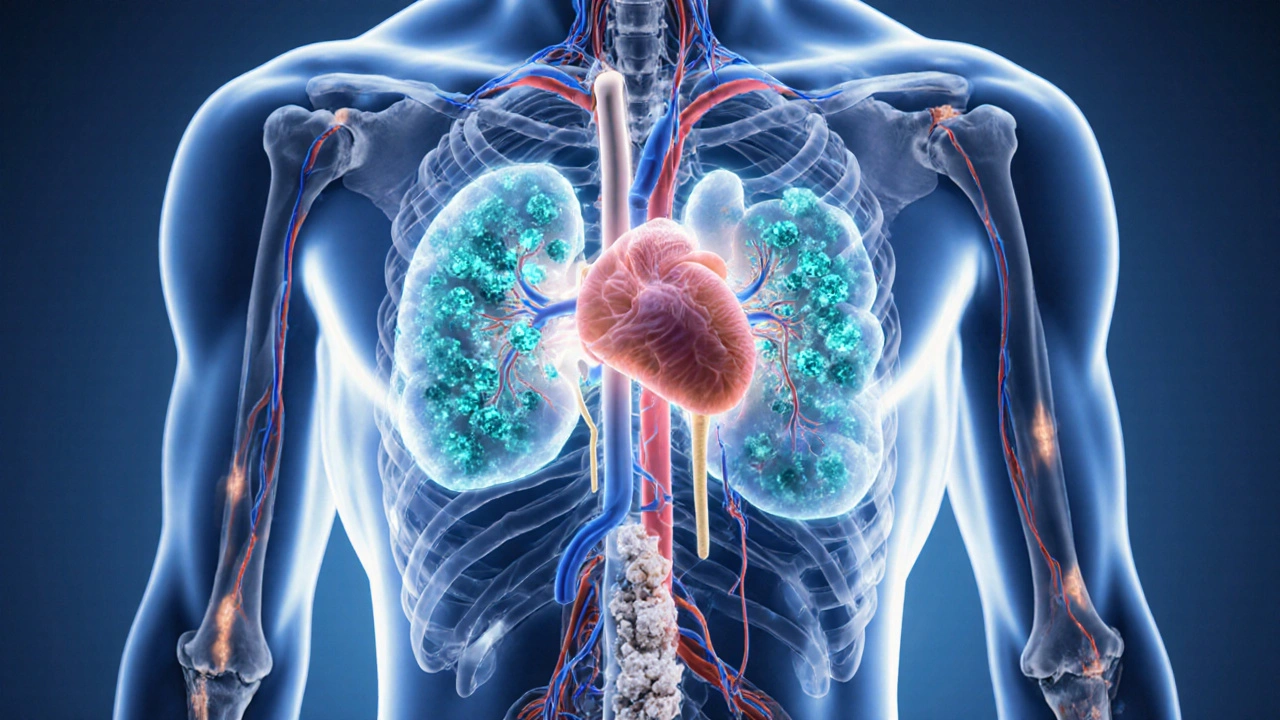Effective dialysis phosphate control is the backbone of safe kidney replacement therapy. When managing dialysis phosphate control, the process of keeping blood phosphate levels in check for patients on dialysis. Also known as phosphate management in dialysis, it works hand‑in‑hand with phosphate binders, medications that attach to dietary phosphate in the gut and prevent its absorption, hyperphosphatemia, the excess phosphate that builds up when kidney function declines, and CKD‑MBD, the mineral‑bone disorder that follows chronic kidney disease. Together these entities form a loop: dialysis phosphate control encompasses phosphate binders, phosphate binders reduce hyperphosphatemia, and hyperphosphatemia drives CKD‑MBD. Understanding this chain helps you break it at any point for better outcomes.
First, choosing the right phosphate binder, such as sevelamer, calcium acetate, or lanthanum carbonate depends on a patient’s calcium balance, pill burden, and tolerance. Second, the dialysis prescription itself matters; higher‑flux membranes and longer treatment times lower serum phosphate by increasing clearance – a concept known as dialysis adequacy, measured by Kt/V. Third, dietary counseling targets foods high in phosphorous, especially processed items with added phosphates. A low‑phosphate diet, combined with proper binder timing (usually with meals), creates a double‑hit on phosphate absorption. Finally, routine lab monitoring (serum phosphate, calcium, PTH, and FGF23) provides feedback; if levels stay high, you may need to tweak binder dose, adjust dialysis settings, or reinforce diet advice. Each of these steps requires coordination between nephrologists, dietitians, and patients, turning a complex medical task into an everyday routine.
When you weave together binders, dialysis adequacy, diet, and lab checks, you build a resilient system that keeps phosphate in the safe zone. In practice, that means fewer bone pains, reduced vascular calcification risk, and a smoother day‑to‑day life for people on dialysis. Below you’ll find a curated selection of articles that dive deeper into each piece of the puzzle – from choosing affordable generic binders to practical diet tips and monitoring strategies. Use them to fine‑tune your own approach and keep phosphate where it belongs: under control.
